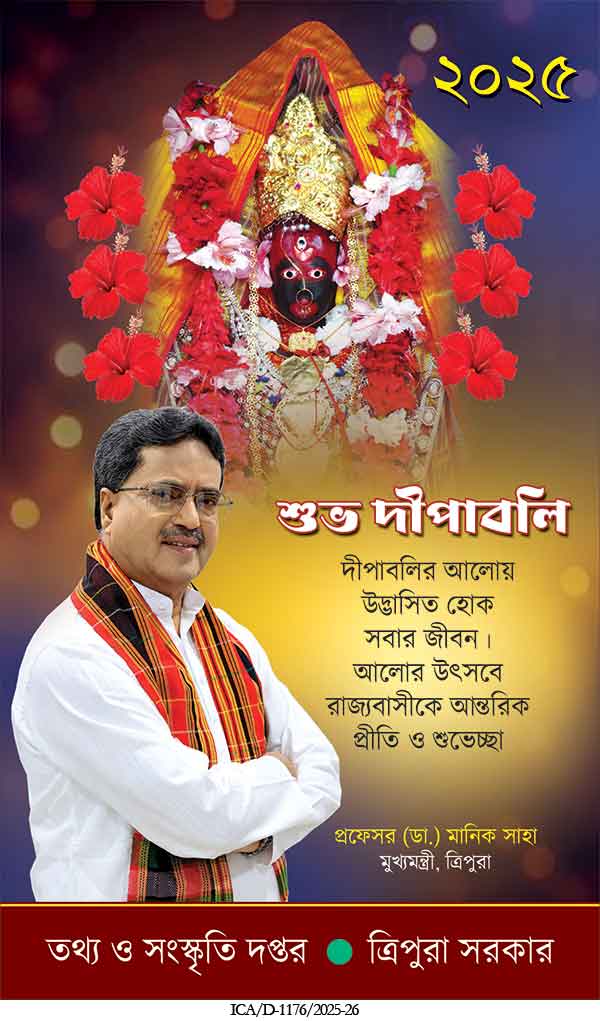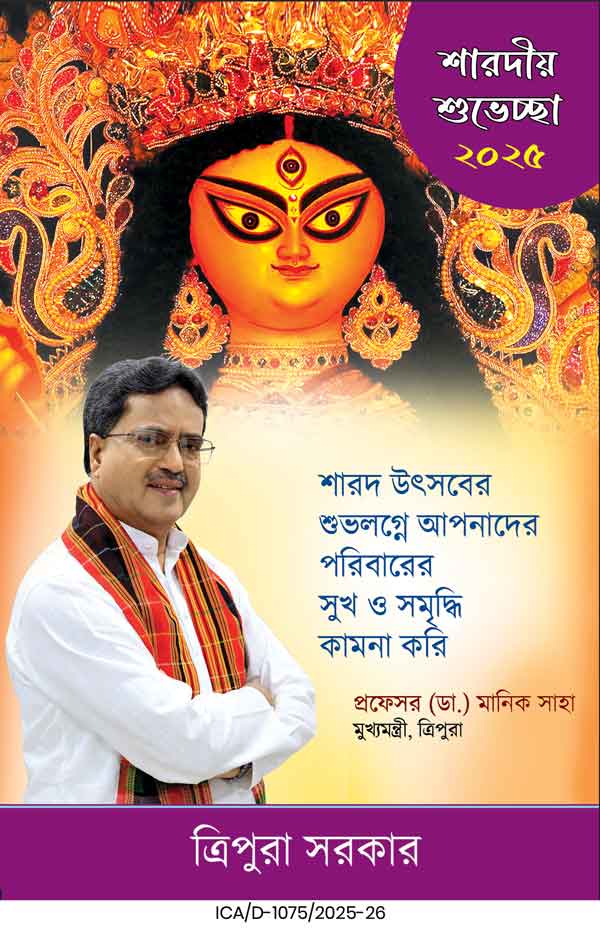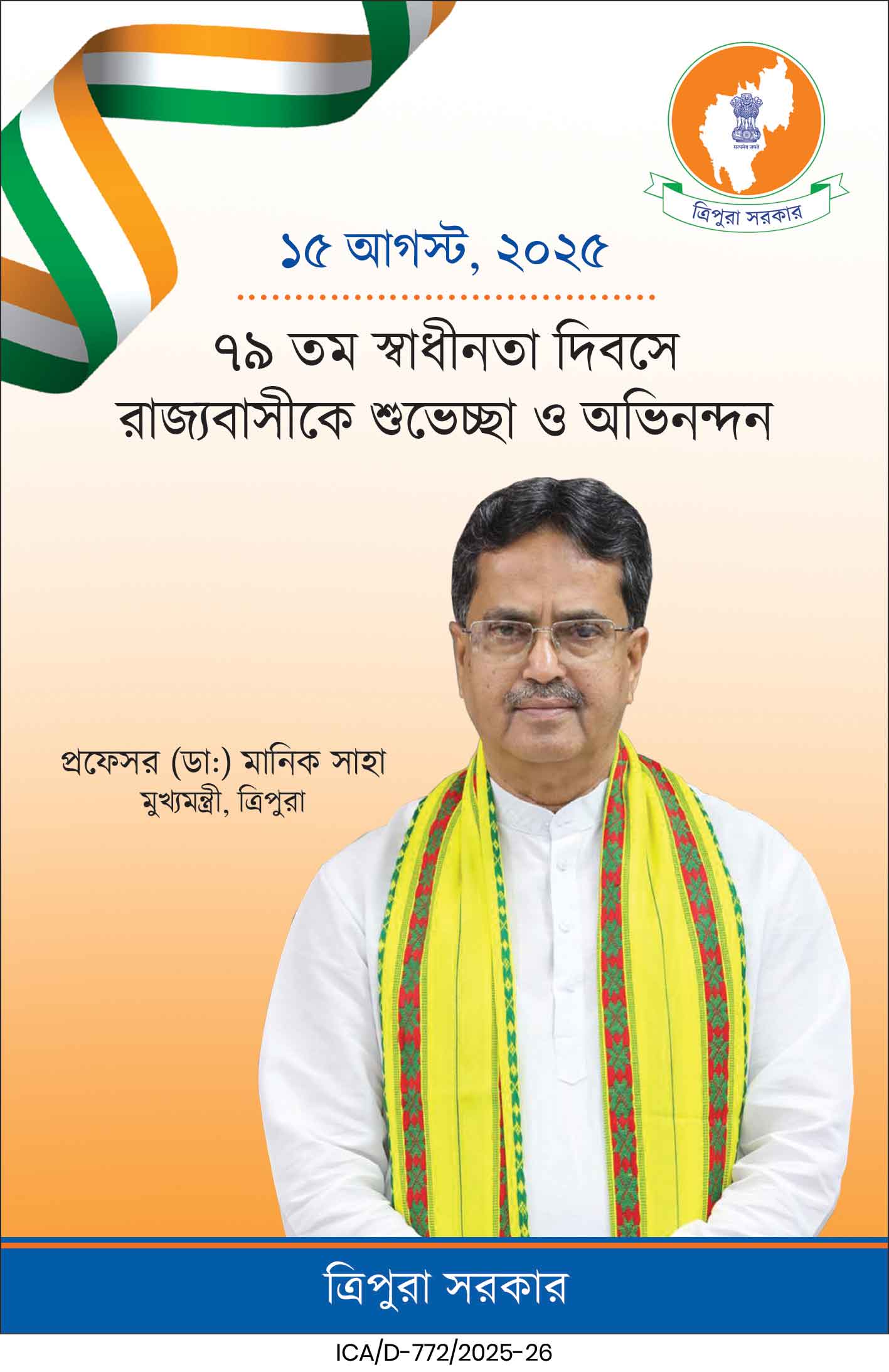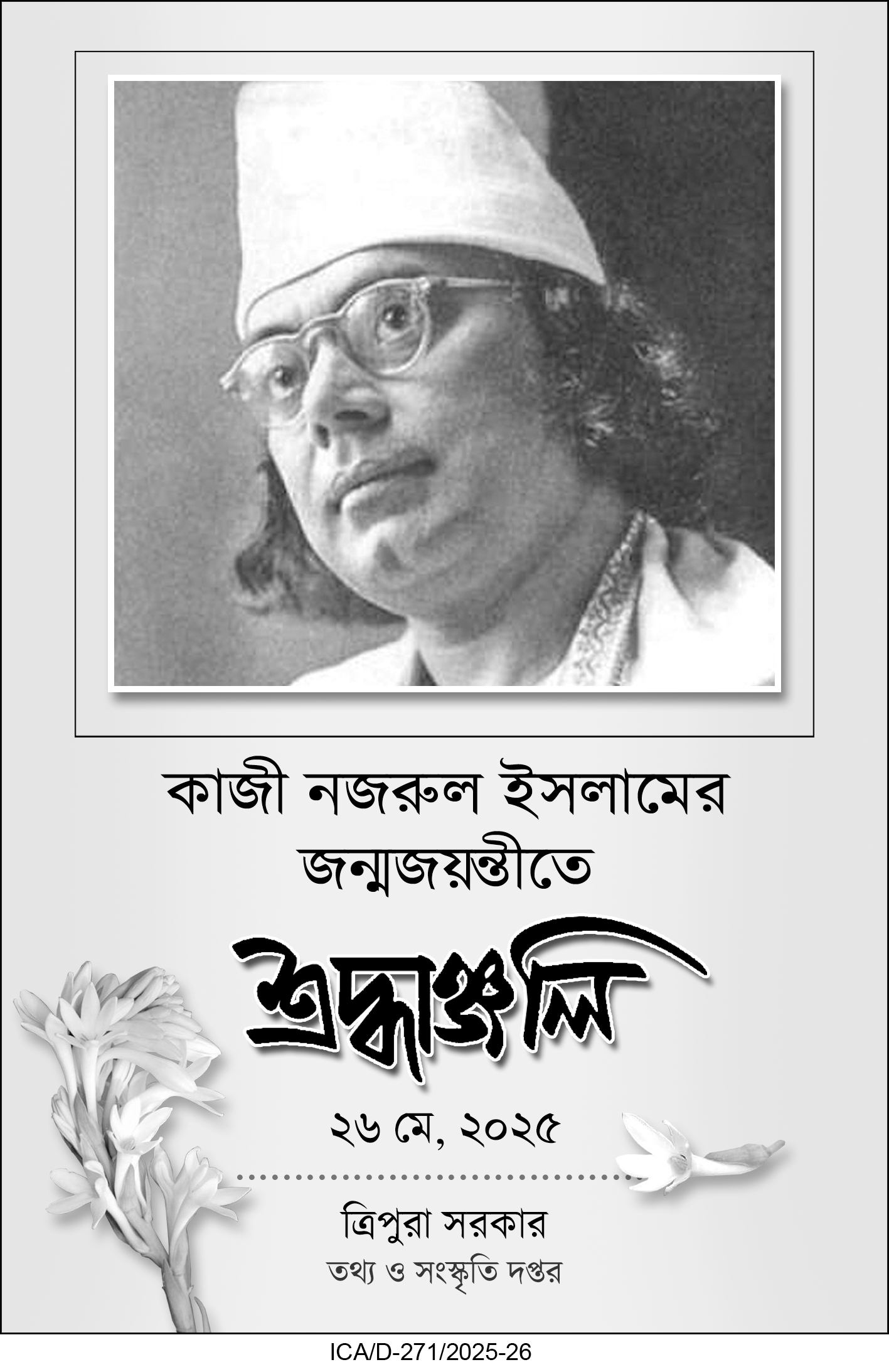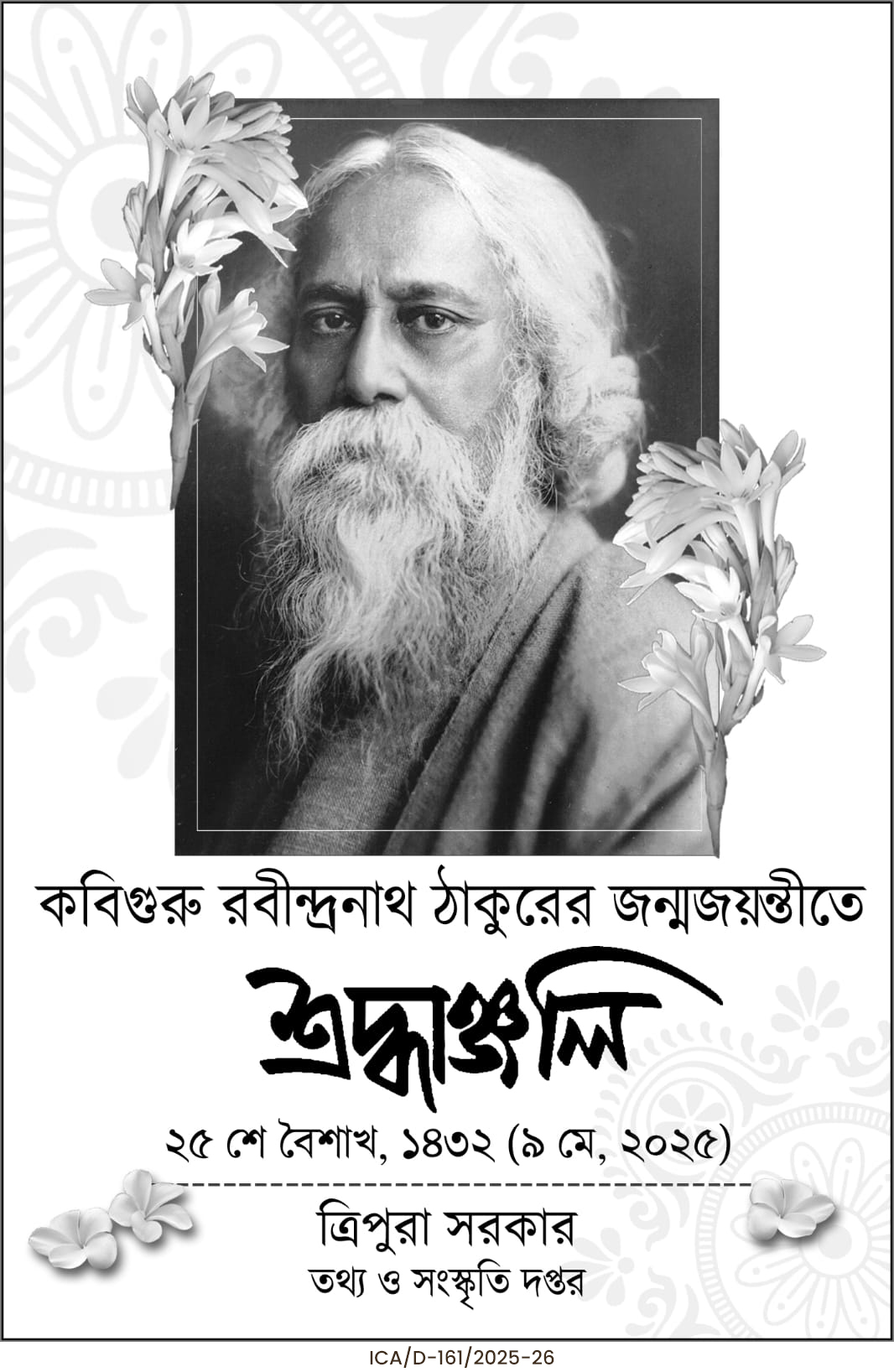 Pic : From Open Source Internet
Pic : From Open Source Internet

Bangladesh is a land of great cultural background. I may take the privilege of including all Bengali population together with us.Prominent mention may be made about Bengalis of Indian West Bengal,Tripura and part of Assam. We share the same language,culture,music,food habits,lifestyle and traditions. Of course,diaspora Bengalis spread all over the world are also no exception. Today I shall concentrate on a rural folk music festival and mela(village fair) that I had the opportunity to participate in.
Jamalpur district,a part of erstwhile greater Mymensingh houses one of the Gandhi Ashrams(hermitages)of Bangladesh. The other,more prominent one,where Gandhiji camped for some time in end 1946 during his famous but futile attempt to stop the brutal communal riots and reconcile people of the two faiths,is at Joyag in Noakhali.
The Gandhi Asram at Jamalpur was established in 1934 in a remote village Kapashhatia of Melandaha upazila as early as in 1934. Two acres of land was donated by dedicated and famous Gandhi follower respected Nasir Sarkar for this noble cause. In those days the place was very very difficult to reach. Kapashhatia is in the midst of Rowmari and Ilshamari beels(huge water bodies). During dry season one could reach there on foot covering a distance of few kilometres whereas at other times the village could be approached by boat spending a lot of time. Mr Sarkar was a very wealthy man and had a big heart. His doors were always open to anyone,specially the political workers fighting British colonial forces. It remained a safe heaven for progressive political workers during Pakistani rule in East Bengal after the partition of India in 1947. The tradition continued and during the War of Liberation of Bangladesh,it became a den of the Muktibahini,the Freedom Fighters of Bangladesh. In Liberated Bangladesh,a Mukti Sangram Jadughar(Freedom Struggle museum) has also been established in the same premises as the Gandhi Ashram. Third generation of Mr Sarkar’s family led by Mr Hillol Sarkar is now in charge. Mr Utpal Dhar,a veteran journalist and a progressive leader of Jamalpur is also on the Trustee Board of the Ashram and Jadughar. He knows me for about forty years now and could assess correctly that I will brave the 500km journey from Chattogram to their Ashram without a second thought when he invited me to join a three day folk music festival and Mela in Kapashhatia. It was being organised for the first time in the venue with a view to reviving the rich old heritage of rural Bengali music.
The great event was planned for three days. It was to be inaugurated by Bangladesh’s State Minister of Cultural Affairs Mr K M Khalid MP on the 21September and would continue upto the 23rd. MP of the area Mr Mirza Azam was scheduled to attend on the second day. Myself and my spouse Anjana wished to be there on the inaugural day and made it on time. The elaborate programme included Jari,Sari,Ghatu,Malshi,Quasida,Pala,Bhatiali,Bhawaiya,Baul and other folk songs from different corners of Bangladesh,Jatra pala,Manik Pirer Kichchha and Laathi Khela(a form of rural martial art practised in Bengali villages). Our modern urban life has deprived us of the age old pleasure of listening to the above-mentioned songs and enjoying the simple but heart touching performances. I am sure,knowing of such a grand festivity in such a remote place,many of my readers would feel tempted to join such an event whenever the next chance comes their way. I have good news for them. Our Ministry of Cultural Affairs was a sponsor of this great event of promoting rich Bengali culture. During his speech in the inaugural session,the Minister declared that he was elated by the enthusiasm he has experienced in Kapashhatia and has already decided to instruct his colleagues to include this cultural show in the annual calendar of his Ministry’s promotional activities. The organisers declared in tandem that henceforth every year they will arrange such festival during winter. This year rain and inclement weather was an impediment. Nevertheless, the audience and the performers were not perturbed.The show went on and respecting public demand,the events continued on the fourth day as well. On each of the days,the performances went on until after midnight and all the shows ran on a full house basis. Some were open air shows and others were in the Museum auditorium.
Parallel to the music we had a village fair in the campus. This was arranged to familiarise the children and younger generation with various articles of daily life used in rural Bengal. Pottery and weaving skills,utensils used,foods and snacks of olden days,weaving of fishing nets and designed quilts were some of the various attractions of the Mela.
At this stage,I would like to describe in short some of the folk songs of different areas of Bangladesh. This may refresh the faint remembrance of many and give a little idea to the new generation about some terms they may have only heard.
Sari: Songs of quick rhythm encouraging the oarsmen to row in a fast pace during boat races.
Jari: Songs of sorrow lamenting the unfair deaths of Imams Hassan and Hussain.Jari and Marsia are similar.
Qasida: Songs during early hours of Ramadan to wake people up for Sahri.
Baul: Songs about a simple lifestyle,as preached by Sufism and Vaishnavism.
Dhamail: Songs popular in greater Sylhet area that is performed with dance during marriage ceremonies.
Ghatu: Songs of riverine and waterlogged areas. It is associated with Ghats(berthin places of boats). After long journey by boat,people enjoyed such songs coupled with dances,usually by young boys and men.
Bhaowaiya: Songs popular in North Bengal characterized by high pitched strong vocal tones.The songs relate to simple lifestyle in the villages.
Bhatiali: This type of folk music is commonplace in the Bhati (low lying areas which gets inundated during monsoon and remains a sea of huge water body) areas and practised by boatmen during their long journeys. Bhatiali encompasses different aspects of life like Nature,Love,Riverine life,etc.
Puthipath: Religious,national or local stories written in verses and recited or sang with accompaniment of folk musical instruments. Examples are Manashaputhi, Karbala tales, Manikpirer Kichchha,Sakhina’s valour,etc.
Besides,we have many other forms of local folk music. Maizbhandari,Gambhira,Pala Kirtan,Malshi gaan,Dhuaa gaan are some examples.
The Folk Music festival at Kapashhatia accomodated all abovementioned types of folk songs bringing in artists from different areas of Bangladesh. Due to inclement weather at times the festivities were interrupted. Otherwise, all three days were planned with packed programmes of different performances one after another. The programmes started at 3pm each day continuing till midnight and beyond. There never was a scarcity of spectators. The audience covered both the genders and different age groups from children to senior citizens.
Besides the array of various types of folk music,we were witness to Lathi Khela,an age old Bengali martial art. The village fair that was an accompaniment of the folk festival had different sections. Visitors could see different indigenous professional activities like pottery,blacksmith,fishing with nets,wood work and the like. Besides,stalls of different food items of olden days were there. khaja,goja,naru,murki,kotkoti bhaja,jhal muri,hawai mithai,etc.were on display,as well as offered for sale.
Arrangements were made for puppet show and snake charming as well.
To summarize, it was a full package of rural folk culture and life style. Due to prearranged schedules we could not stay there for the whole programme. We blame ourselves for not being able to forecast the richness of the show to allot sufficient time for it. Had to leave with the invaluable experience and a resolve to come back once more with sufficient time in hand. I will fail in my duty if I don’t mention the huge efforts put in by the organisers to run the event flawlessly. Mr Utpal Dhar and the whole family of Mr Hillol Sarkar offered the best of hospitality with an open heart. That hospitality is also an integral part of ages old Bengali culture.

